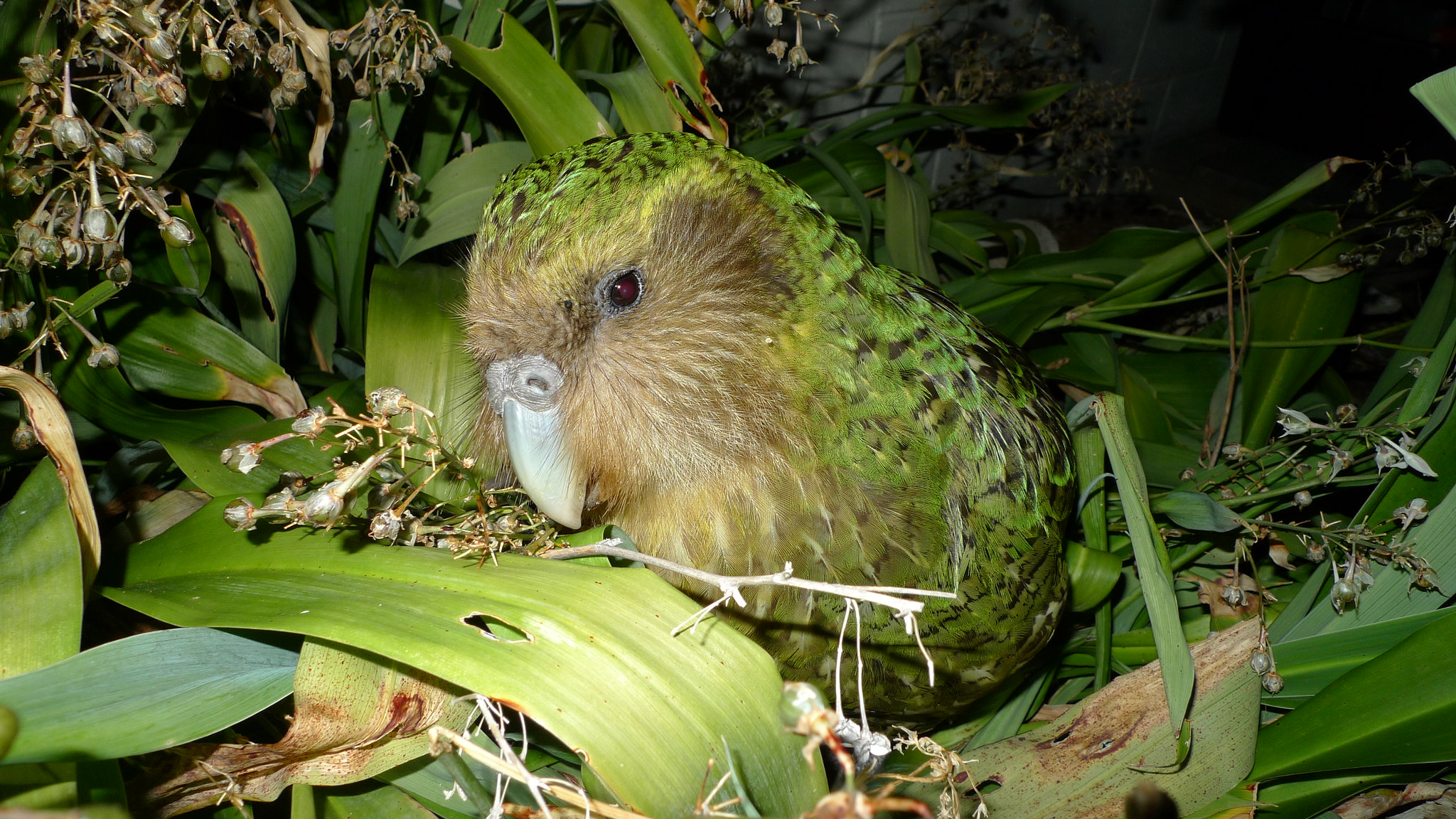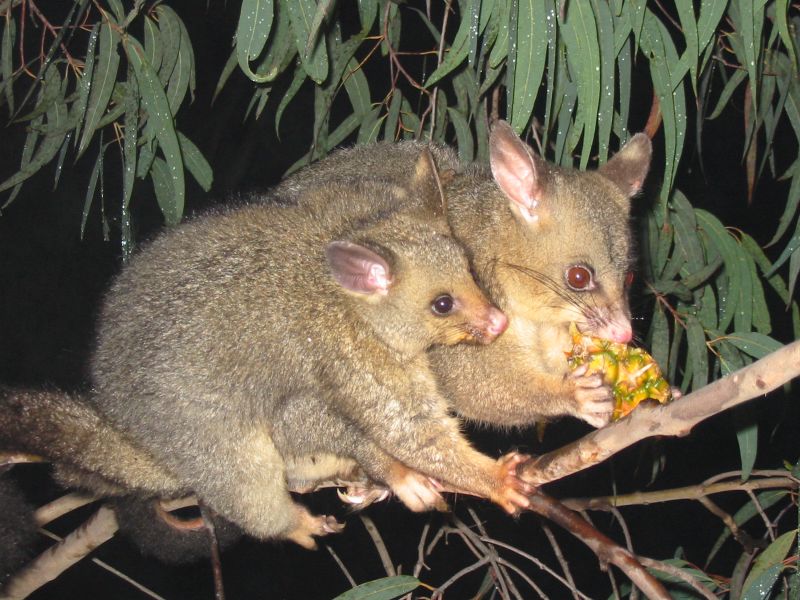- To preserve New Zealand’s remaining native biodiversity, the country has begun an ambitious nationwide program to eliminate its most damaging non-native invasive predators — rats, stoats and possums — by 2050.
- To carry out this mammoth task, government and private entities across the country are applying new technologies to existing detection, exclusion, trapping, poisoning and other strategies used to reduce the numbers of harmful predators.
- The program has wide public support, though some effective technologies, particularly gene editing, are controversial; recognition of the importance of public support, as well as cost and effectiveness, help guide the program’s development.
When the British explorer James Cook circumnavigated the islands that he would later call New Zealand in 1769, he described the birdsong on the densely forested archipelago as “deafening.” One morning, moored in Tōtaranui at the top of Te Wai Pounamu, the South Island, Cook’s onboard botanist, Joseph Banks, wrote in his journal: “I was awakd by the singing of the birds ashore … Their voices were certainly the most melodious wild musick I have ever heard.”
Six hundred years earlier, when the Māori settled these islands, that “wild music” would have been even more impressive. The isolated islands in the chilly southern corner of the Pacific Ocean were some of the first landmasses to split from the ancient supercontinent of Gondwana, 85 million years ago — before mammals had a chance to reach it. The only native terrestrial mammals are two unassuming species of bat, Mystacinidae spp., which flew there millions of years later.

Without any ground-dwelling mammalian predators to flee from, birds evolved to fill the majority of niches occupied by terrestrial mammals in other parts of the world, and many lost the ability to fly. But once Māori settlers arrived with kurī dogs (Canis familiaris) and kiore rats (Rattus exulans) in tow, the endemic birds were extremely vulnerable. Creatures like the kākāpō (Strigops habroptilus), a bulky flightless parrot with a booming song audible for miles, suddenly found themselves sitting ducks for these new predators. The large, flightless, herbivorous moa (Dinornithiformes order) were hunted to extinction by Māori themselves.
From the 1800s onward, settlement by Europeans made an even more devastating impact on the bird life. Settlers brought with them new species of rats, deer, pigs, stoats, ferrets, weasels, goats, cats, dogs and, from Australia, possums. They also destroyed the majority of the birds’ habitat for timber, agriculture and urban expansion.
Today, more than 40 percent of New Zealand’s terrestrial bird species are extinct. The country boasts the dubious honor of having the highest proportion — 35 percent — of at-risk and threatened native species in the world. Many of those that remain survive only on carefully controlled, uninhabited offshore islands and fenced mainland sanctuaries.
A ‘crazy and ambitious’ target
Getting rid of these predators will be essential to preserving the country’s remaining biodiversity, but it’s a mammoth task. For example, despite decades of work and resources committed to controlling possums, there are still an estimated 30 million in the country at present, many of them in remote, difficult-to-access regions.

In the last few years, however, technological developments have coalesced with public and political will around the idea of getting rid of some of these pests for good. In 2012, physicist Sir Paul Callaghan proposed a “Predator-Free” New Zealand as the country’s “moonshot.” “It’s crazy and ambitious,” he acknowledged in a speech at the Zealandia bird sanctuary in Wellington, the capital, “but I think it might be worth a shot.” In 2013, the Predator-Free NZ Trust was set up to network community predator control groups across the country; and in 2016, the government announced a goal to rid the country of its most damaging invasive predators — rats, stoats and possums — by 2050.
Since then, the government, research institutions, NGOs and community groups have been working hard on a number of fronts to find socially and ethically acceptable ways to hit the target. “I think it’s a dream we can make a reality,” said Nicola Toki, a zoologist and ambassador for threatened species at the Department of Conservation (DOC), at a symposium on the topic in Wellington last month. “But it will require transformative change: not just business-as-usual, but rethinking everything we’re doing and how we’re doing it,” she added.
Multi-pronged methods
So, where to start? As Shaun Ogilvie, an ecologist at the BioHeritage Challenge national research initiative, said at the symposium, there’s no “silver bullet” to reaching the goal. “And the risk of searching for one is you take effort away from other things,” he said. Rather, Ogilvie added, a “whole range of tools will be required,” and new technologies working in combination with existing ones will be critical.

In the past decades, conservationists have used a combination of traps, toxins and predator-proof fences to control pest numbers, managing to eradicate them entirely from some areas. But to move beyond maintenance and toward full eradication, new, better and more cost-effective tools will be required, said Bruce Warburton, a scientist at the Manaaki Whenua — Landcare Research, a government-funded body.
Increasing the effectiveness of traps is one important step. New self-resetting, multiple-kill traps such as the AT220 possum trap, which can kill up to 100 predators before it needs bait refill and battery charge, are now being used by the DOC and are available for purchase by the public. Research and development initiative Zero Invasive Predators (ZIP) has also designed traps that can be remotely monitored: they’re connected to the mobile network and can notify managers when and where predators are caught.

This means rangers “don’t have to walk their trap lines every day,” said Devon McLean of conservation initiative Project Janszoon and the philanthropic Next Foundation. “It’s taken 90 percent of the labor costs out.” Looking to the future, local open-source technology collective Cacophony Project is working on a device called the Cacophonator, which aims to use thermal cameras, artificial intelligence and sound lures to identify, entice and kill predators.
The collective has released its Cacophonometer app for free public download, which enables backyard trappers to record the volume of birdsong in defined areas and observe whether it’s decreasing or increasing over time, in order to track changes in bird populations and the impacts of pest-control efforts.
Similarly, as part of the bid to build the widespread community support and engagement required to meet the 2050 target, technology company Groundtruth Ltd, with support from WWF New Zealand, has developed an app called Trap.Nz, where community trappers can record and share trap and bait station data across their region and the country as a whole.

There are other developments underway for the crucial tasks of monitoring both predators and progress. For example, Lincoln Agritech is testing the PAWS Pest Identification Sensor Pad as a way to detect and identify pest re-invasions in areas where they’ve previously been eradicated. As the name suggests, the device identifies predator species from footprints on an automated sensor pad; researchers say it will allow for more rapid responses to re-invasion.
Improving predator-proof fencing is another crucial part of the puzzle. As James Russell, a scientist at the University of Auckland and member of the Predator-Free 2050 (PF2050) Strategy Team, noted at the symposium, predator eradication is likely to occur “bit by bit,” beginning on peninsulas and other areas that are relatively easily isolated and controlled. And, he added, getting rid of predators from inhabited and farmed areas will require different tools and techniques than in isolated wilderness areas.
That’s why ZIP researchers are devising fences with features that appeal to farmers, such as openings for livestock to move through that are protected from pests by a combination of ultrasound, lighting and electrified cattle stops. The researchers have also worked out that they can build fences considerably lower (1.1 meters, or 3.6 feet) than the current standard height (1.8 meters, or 5.9 feet) while maintaining high levels of effectiveness, which will save money and resources as the project scales up across the country.

Researchers are also developing new toxins with higher species specificity. Currently, possum population control relies on the use of the aerial poison 1080. But its use is controversial in some circles, because it can impact other species and has in very rare cases caused the death of endangered birds. “It’s a cost-effective knockdown, and the best one we have so far,” Ogilvie said. “But we’re still looking for alternatives.” Warburton agreed: “Hopefully 1080 will disappear eventually,” he said, “but right now we really need it.”
Once populations have been knocked down, Ogilvie said, “there’s also a recognition that we’ll need different kinds of tools for knocking down the populations at large scale and getting rid of the last survivors.” The University of Auckland’s Russell said it may be time for the country to consider gene-editing technology, which can alter the sex determination pathway of invasive species — for example, by making all future offspring male and thus unable to reproduce.
The approach is low-cost, targeted and requires no killing or poisons that could impact on other species. But there are numerous ethical and practical considerations to such an approach, including the fact that, with possums an endangered species in neighboring Australia, there are risks of potentially obliterating an entire population. Right now, there is limited public support for gene editing, and the current government has ruled out considering it as an option.
It’s about the people
Gene editing is just one of a number of potential technological approaches to the challenge that won’t work without social license to do so. “As tech developers,” said Ogilvie, “if we go into a cooler somewhere and come up with something that we think is amazing, and then take it out there and it’s not accepted, then that tech has failed.”
To that end, in late 2017 a bioethics panel of experts from academia and industry was convened to explore social, cultural and ethical challenges for PF2050; a report of their findings was released at the symposium last month. “It’s a social as much as an environmental problem,” said Russell, who sat on the panel.

“Only 20 percent of this is about the technology; 80 percent is about the people,” added Campbell Leckie, a councilman for the region of Hawke’s Bay. “It’ll become a reality only if we get the people part of the picture right.”
AAs such, Russell, an ecologist by training, has been collaborating with social scientists to create a “social science toolbox” to help would-be participants in predator control get things right from the “people” side of things. “I think we can link these things together,” said Ogilvie, “through co-design of technologies: tech that’s designed with the communities at hand.”